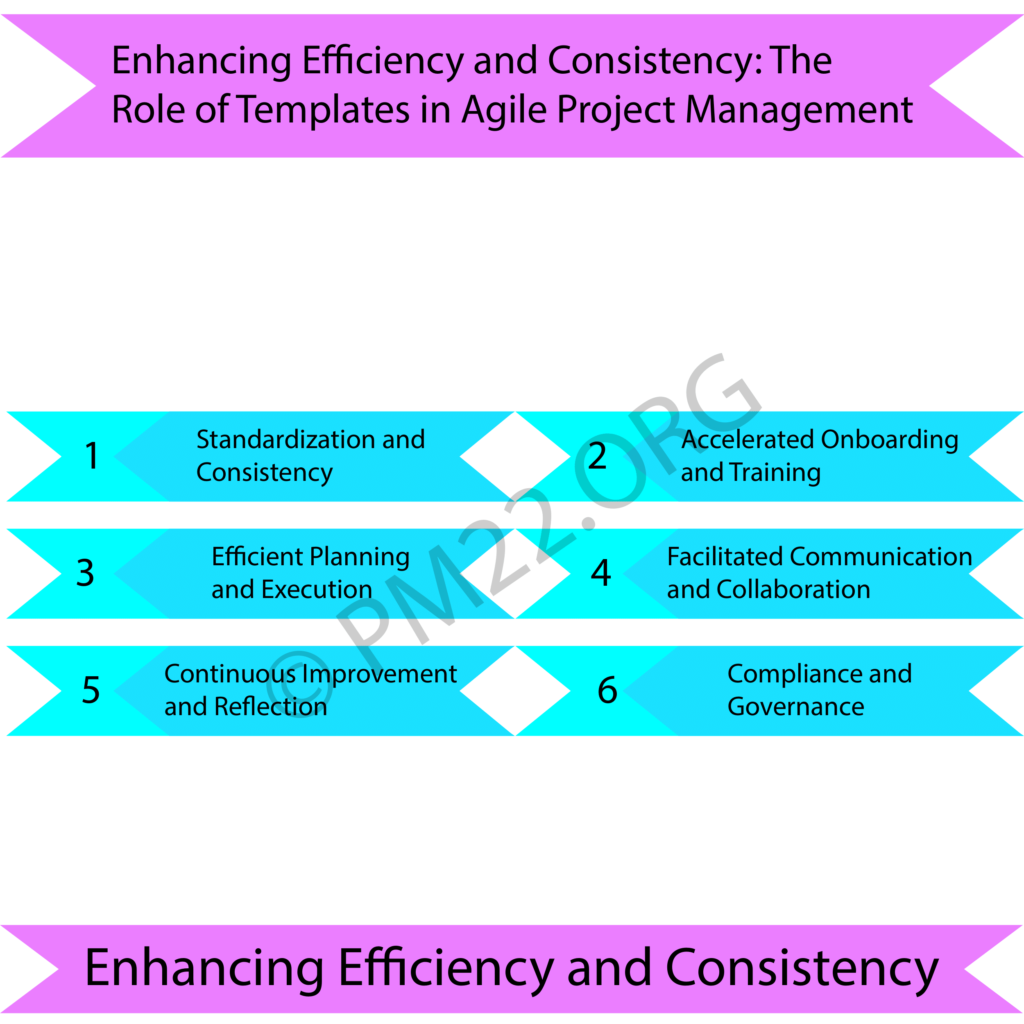 In the fast-paced world of project management, where adaptability and responsiveness are paramount, Agile methodologies have emerged as a beacon of efficiency and flexibility. At the heart of Agile lies the principle of iterative development, allowing teams to respond to change and deliver value incrementally. However, managing Agile projects effectively requires more than just embracing its principles—it demands the implementation of robust tools and techniques. One such tool that plays a pivotal role in Agile project management is templates.
In the fast-paced world of project management, where adaptability and responsiveness are paramount, Agile methodologies have emerged as a beacon of efficiency and flexibility. At the heart of Agile lies the principle of iterative development, allowing teams to respond to change and deliver value incrementally. However, managing Agile projects effectively requires more than just embracing its principles—it demands the implementation of robust tools and techniques. One such tool that plays a pivotal role in Agile project management is templates.
Templates serve as blueprints that guide teams through various stages of the project lifecycle, offering structure, consistency, and efficiency. In the Agile context, where rapid iteration and collaboration are central, templates streamline processes, foster communication, and facilitate the delivery of high-quality results. Let’s delve deeper into the multifaceted role of templates in Agile project management.
- Standardization and Consistency: Templates establish standardized formats and procedures for common project activities such as sprint planning, user story creation, and retrospectives. By adhering to predefined templates, teams ensure consistency in documentation and processes across different projects and iterations. This consistency reduces ambiguity, minimizes errors, and enhances overall project quality.

- Accelerated Onboarding and Training: New team members joining an Agile project often face a steep learning curve due to its dynamic nature. Templates act as educational tools, providing newcomers with clear guidelines and examples to understand project workflows and expectations quickly. This accelerated onboarding process enables teams to ramp up productivity faster and ensures that everyone is aligned with Agile principles and practices.
CLICK HERE TO DOWNLOAD 300+ PROJECT MANAGEMENT TEMPLATES & DOCUMENTS IN EXCEL
- Efficient Planning and Execution: Agile project management involves frequent planning sessions, including sprint planning, release planning, and backlog grooming. Templates streamline these planning activities by offering predefined agendas, checklists, and frameworks. Teams can leverage these templates to conduct efficient meetings, prioritize tasks, estimate effort, and allocate resources effectively. As a result, project planning becomes more streamlined, collaborative, and goal-oriented.

- Facilitated Communication and Collaboration: Effective communication and collaboration are essential for Agile teams distributed across different locations and time zones. Templates provide a common language and structure for communication, ensuring that everyone is on the same page regarding project objectives, progress, and impediments. Whether it’s through user story templates for defining requirements or sprint review templates for gathering feedback, templates facilitate seamless collaboration and alignment among team members.

- Continuous Improvement and Reflection: Agile emphasizes the importance of continuous improvement through regular retrospectives. Retrospective templates guide teams through the process of reflecting on past iterations, identifying areas for improvement, and brainstorming actionable solutions. By using these templates, teams foster a culture of learning, innovation, and adaptation, ensuring that each iteration brings incremental enhancements and value delivery.
CLICK HERE TO DOWNLOAD 300+ PROJECT MANAGEMENT TEMPLATES & DOCUMENTS IN EXCEL
- Compliance and Governance: In regulated industries or organizations with strict governance requirements, templates play a crucial role in ensuring compliance with standards and regulations. Compliance templates provide predefined formats and fields for capturing necessary information related to regulatory documentation, risk management, and quality assurance. By adhering to these templates, Agile teams demonstrate accountability, transparency, and adherence to industry standards.
In conclusion, templates serve as indispensable tools for Agile project management, offering a structured approach to planning, execution, communication, and improvement. By leveraging templates effectively, Agile teams can enhance efficiency, consistency, and collaboration, and ultimately deliver greater value to stakeholders. However, it’s essential to recognize that templates should remain flexible and adaptable to accommodate evolving project needs and dynamics. As Agile continues to evolve, the role of templates will remain integral in supporting its principles and practices in delivering successful outcomes.
